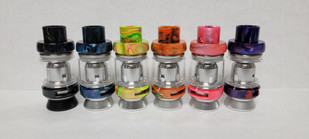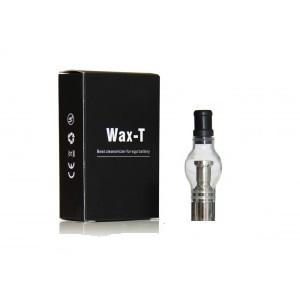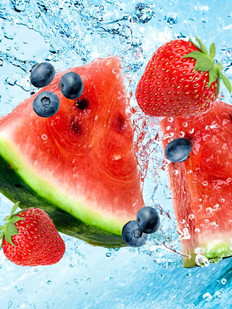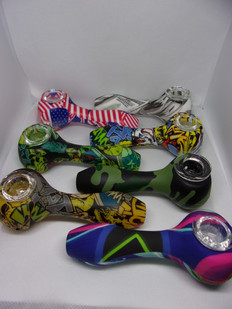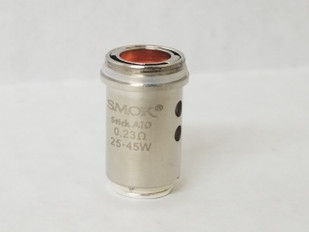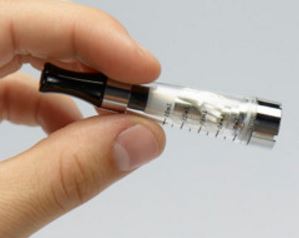- Home
- The Vape Mall Blog
- What Causes Some E-Liquids to Damage Tanks?
What Causes Some E-Liquids to Damage Tanks?
Posted by on
One day you may wake up, eat breakfast, and head to your morning vape session—only to find that your device’s tank is cracked and completely useless. What could’ve happened? Could it have been that new e-liquid you put in your device last night? Well, it turns out that could certainly be the case.
Vapers, creators, and technicians alike have discovered that certain e-liquid flavors can react with polycarbonate(plastic), resulting in cracks or even melting of vape tanks. Though some of these words may sound like mumbo jumbo, read on to figure out what exactly this means and what some possible solutions could be.
Many traditional e-cig, vaporizer, and even MOD tanks are made from polycarbonate plastic, a cheap and efficient type of plastic used in materials from tableware to phone cases. Able to withstand tremendous amounts of heat and freezing cold, polycarbonate plastic is perfectly suited for use in affordable and durable vape tanks. However, some e-liquids have compounds that can react with the actual structure of the polycarbonate molecule.
Citric acid, a common acid found in orange juice, grapefruit juice, and other citrus fruits, is quite commonly found in citrus e-liquid flavors. While some other vape juice flavors may contain the acid, citrus-based e-liquids contain more citric acid per volume than these other flavors (though is highly present in cinnamon and cola-type flavors as well). These natural acids can bind with the polycarbonate molecule, wearing at and weakening the integrity of the plastic. The combination of polycarbonate and citric acid will create bonds and form compounds called esters. This combination can cause fogging or even cracking in extreme cases.
Though words such as “acid” and “polycarbonate” may sound worrying, your fears can be put to rest. Citric acid is absolutely one of the most common natural acids found in everyday foods and drinks—for example, freshly squeezed orange juice has more citric acid than your e-juice ever will. As previously stated, polycarbonate plastic is one of the more common types of plastic used for durable materials. It’s simply a combination of natural acids and extremely hot plastic that can expose flaws in the plastic, causing the tanks to become damaged.
Although cracking and fogging can occur in your tanks, it’s very rare for extreme cases to happen. If you’re worried, fortunately this damage will not happen to glass or Pyrex tanks. Where plastic tanks are made to be easily replaceable, Pyrex and glass tanks are meant to stand the test of time. Though they may be slightly more expensive, it may be worth the extra investment to ensure no citric acid damage occurs and you can continue your vaping sessions in peace.
 Loading... Please wait...
Loading... Please wait...



